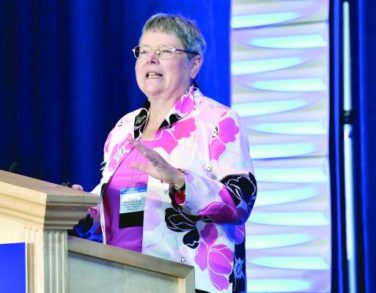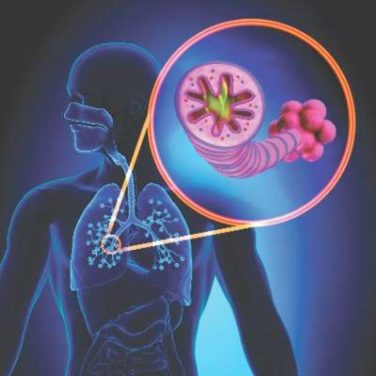FROM ANNALS OF INTERNAL MEDICINE
Taking nonsteroidal anti-inflammatory drugs for 14 days more than doubled the risk of serious bleeding in patients with atrial fibrillation, and it increased the risk of thromboembolism by 36%, according to a report published online Nov. 17 in Annals of Internal Medicine.
Risk of serious bleeding and thromboembolism with NSAID therapy rose even further when patients with atrial fibrillation (AF) also took oral anticoagulants, said Dr. Morten Lamberts of Gentofte University Hospital in Hellerup, Denmark, and his associates.
Physicians should be careful about prescribing any type of NSAID to patients with AF who are on antithrombotic therapy, the authors said, and “should choose safer alternative analgesic agents when possible.”
Antithrombotics are key to treating AF, but they increase bleeding risk. To understand if NSAID exposure further heightened that risk, the investigators analyzed national registry data on 150,900 patients hospitalized with a first-time diagnosis of AF between 1997 and 2011. The age range was 65-83 years of age, median age 75 years. Forty-seven percent of the patients were women. Almost 70% were taking antiplatelet therapy, oral anticoagulation therapy, or both at baseline, and 5% were also taking an NSAID, the researchers reported ( Ann. Intern. Med. 2014 Nov. 17 [doi: 10.7326/M13-1581] ). During a median follow-up of 6.2 years (interquartile range, 2.1-14 years), 35.6% of patients were prescribed NSAIDs at least once, 11.4% had serious bleeding events, and 13% had thromboembolic events, the investigators said.
Just 14 days of NSAID exposure more than doubled the risk of serious bleeding (hazard ratio, 2.27; 95% confidence interval, 2.15-2.40), and increased the risk of thromboembolism by more than a third (HR, 1.36; 95% CI, 1.27-1.45), they reported.
Notably, concomitant oral anticoagulant treatment almost tripled the risk of serious bleeding (HR, 2.96; 95% CI, 2.64-3.31), and it also increased thromboembolism risk (HR, 1.67; 95% CI, 1.41-1.98), the investigators said.
In terms of absolute risk difference, taking NSAIDs led to 1.9 more serious bleeding events per 1,000 patients who took NSAIDs, compared with patients who did not take NSAIDs, and risk difference rose to 2.5 events per 1,000 when patients were also prescribed oral anticoagulants.
“This suggests a serious bleeding event in one of 400-500 patients exposed to an NSAID for 14 days,” they said.
Therapy with NSAIDs heightened the risk of serious bleeding and thromboembolism regardless of patient antithrombotic regimens, but diclofenac and naproxen were linked to the greatest increase in bleeding risk.
The registries did not include data on international normalized ratios, and the researchers did not assess potential confounders such as smoking, body mass index, and left ventricular ejection fraction. In addition, the study included only AF patients discharged from the hospital, among whom there may be a greater susceptibility to bleeding than in AF patients seen only in primary care settings, the researchers wrote.
The study had no primary funding source. Two of the 12 coauthors reported relevant financial relationships with Astellas, AstraZeneca, Bayer, Boehringer Ingelheim, Biotronik, BMS/Pfizer, Cardiome, Daiichi, Merck, Portola, and Sanofi. One coauthor reported serving on speakers bureaus for Bayer, BMS/Pfizer, Boehringer Ingelheim, and Sanofi-Aventis. Another coauthor reported receiving grant support from the Capital Region of Denmark Foundation for Health Research. The other investigators declared no financial disclosures.
cardnews@frontlinemedcom.com




